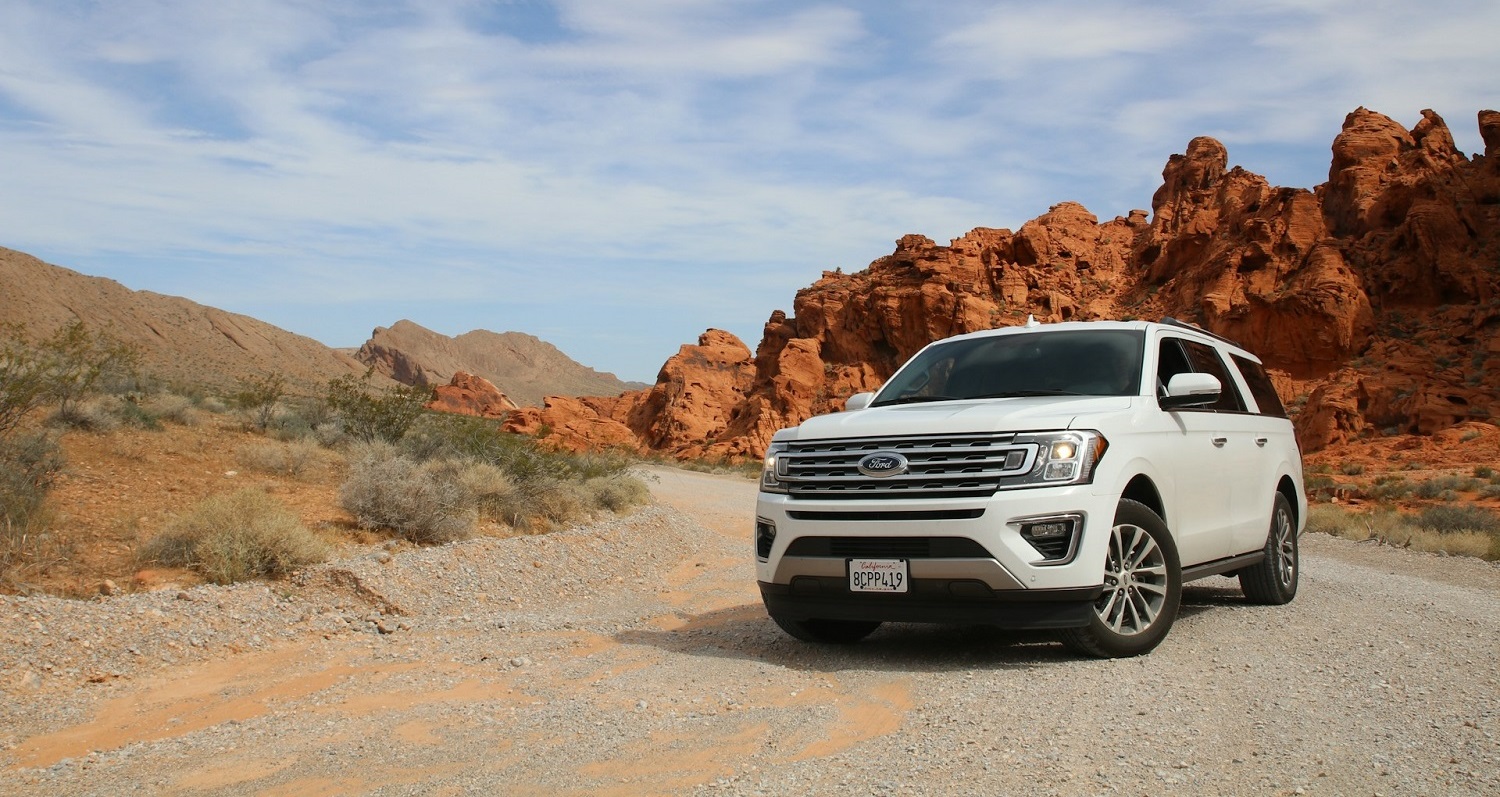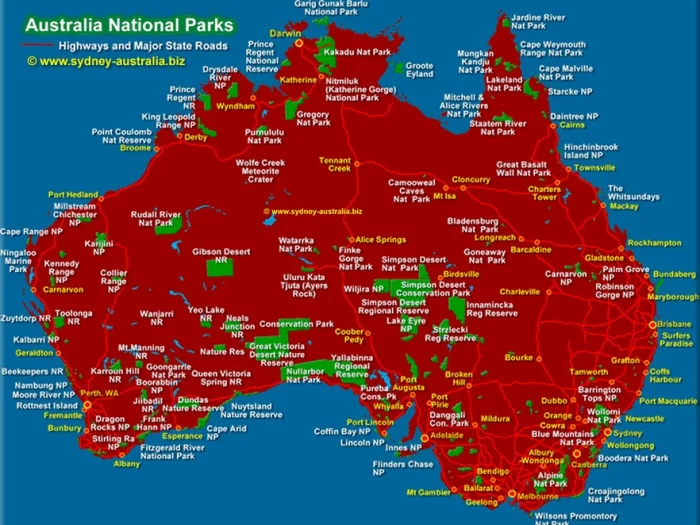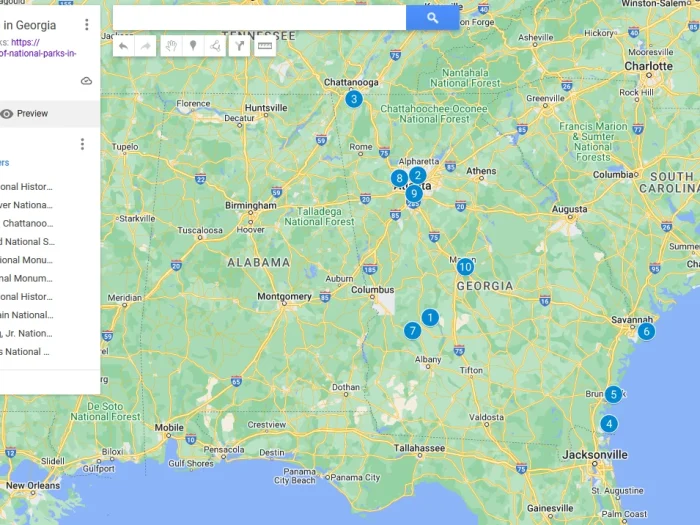Preparing Your Car for a National Park Adventure
Exploring national parks by car is a fantastic way to experience the great outdoors and all the natural beauty these parks offer. Whether you’re driving your own vehicle or renting one for the journey, ensuring your car is ready for the adventure is crucial. This guide will provide essential tips to help you prepare for a safe and enjoyable trip.
Tips for Those with Their Own Cars
1. Routine Maintenance
Before embarking on your journey, ensure your car is in good condition. Make sure there is enough oil, brake fluid, cooling, and transmission fluid. It’s also wise to have your car’s brakes, battery, and belts inspected. Regular maintenance can prevent breakdowns and ensure a smooth ride.
2. Tire Check
Make sure your tires are properly filled and look for signs of wear and tear. Under-inflated or worn tires can affect your car’s handling and fuel efficiency. Don’t forget to check the spare tire as well, ensuring it’s in good condition and properly inflated.

3. Emergency Kit
Pack an emergency kit that includes items like a first-aid kit, flashlight, jumper cables, basic tools, and a tire repair kit. Having these items on hand can help you handle minor issues without having to call for assistance.
4. Check Your Vehicle’s Registration and Insurance
Check to see if your car’s insurance and license are still valid. Carry these documents with you as they might be required in case of an emergency or checkpoint.
5. Cooling System
Ensure your car’s cooling system is functioning correctly. Check the radiator, hoses, and coolant levels. Overheating can be a significant issue, especially if you’re visiting parks in hot climates or during the summer months.
6. Fuel Efficiency
Plan your fuel stops ahead of time, especially if you’re traveling to remote areas where gas stations might be scarce. Ensure your fuel tank is always above the halfway mark to avoid running out of gas in isolated areas.
7. Navigation and Communication
Ensure your GPS is updated and functional. It’s also a good idea to carry a physical map as a backup. Cell phone coverage can be unreliable in national parks, so consider carrying a satellite phone or walkie-talkies for emergencies.
Tips for Those Renting a Car
1. Choose the Right Vehicle
Select a vehicle suitable for the terrain and conditions of the national park you plan to visit. For instance, if you’re visiting a park with rugged terrain, consider renting an SUV or a vehicle with four-wheel drive. This can provide better handling and comfort on rough roads.
2. Odometer Check
Before renting, perform an odometer check online to verify the car’s mileage. This ensures the vehicle has not been subject to odometer fraud and gives you an idea of its usage and potential wear.
3. Inspect the Vehicle
Thoroughly inspect the rental car before setting off. Check for any pre-existing damage and ensure all lights, wipers, and signals are working correctly. If you have any problems, you should let the rental company know so they don’t charge you for damage you didn’t do.
4. Understand the Rental Agreement
Make sure you understand the rental agreement, including the mileage limits, insurance coverage, and what to do in case of a breakdown. Some rental companies offer roadside assistance, which can be invaluable during your trip.
5. Pack Essentials
Even though it’s a rental, pack an emergency kit similar to what you’d have in your own car. This includes a first-aid kit, flashlight, water, snacks, and a blanket. If there is an emergency, being ready can make a big difference.
6. Fuel Policy
Understand the rental company’s fuel policy. Some places may charge you to fill up the gas tank before you return the car, while others may not. Plan your fuel stops accordingly to avoid additional charges.
7. Navigation and Communication
Ensure the rental car is equipped with a reliable GPS. If not, bring your own or use a smartphone app. As with your own car, consider communication devices like a satellite phone if you’ll be in areas with poor cell coverage.
To Conclude
A well-prepared vehicle is your best ally in ensuring a smooth and enjoyable adventure through national parks. Whether you own the car or are renting one, taking the time to check and prepare your vehicle can save you from unexpected troubles and allow you to fully immerse yourself in the beauty of nature.




